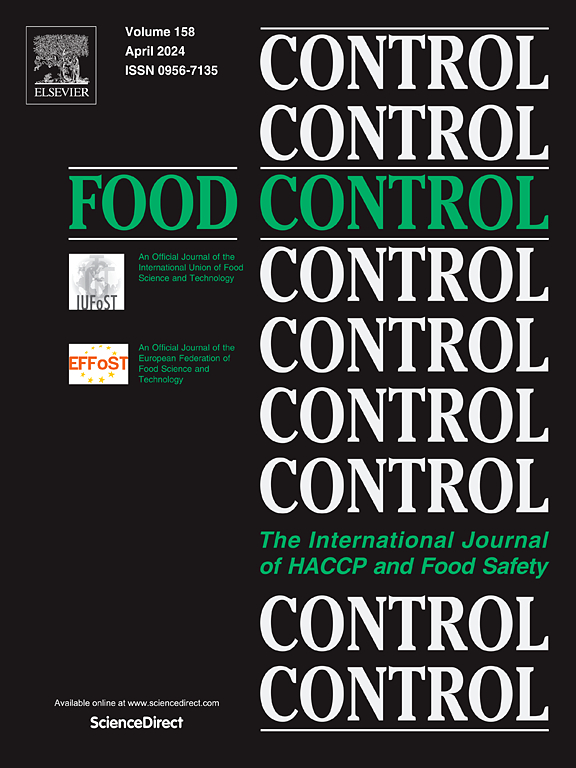Abiotic pollutant concentrations in fish: A comparative review of wild-caught and aquaculture sources
IF 5.6
1区 农林科学
Q1 FOOD SCIENCE & TECHNOLOGY
引用次数: 0
Abstract
Background
The levels of contaminants and nutrients in fish from aquaculture and wild-caught sources are a timely and relevant issue for food safety. Contaminants such as heavy metals and metaloids, PCBs, DDT, and PAHs pose toxic risks due to bioaccumulation, while nutrient levels like Se, Zn, and Fe vary depending on diet and habitat.
Objective
This review synthesizes studies evaluating the levels of abiotic contaminants and nutrients in aquaculture and wild-caught fish, in order to compare them.
Scope and approach
In this scoping review, all the published literature on the comparison of heavy metals and metaloids, other contaminants and nutrients in aquaculture fish and wild fish was analysed. The search was conducted in different databases, and 31 studies were selected that met the eligibility criteria.
Key findings and conclusions
The review provides an overview of the comparison between aquaculture and wild fish in terms of heavy metals and metaloids, other contaminants, and nutrients, due to the difference in their environmental conditions, feed and origin. Higher concentrations of some heavy metals and metaloids were observed in wild fish than in aquaculture as well as in other contaminants. The mean Hg and As concentration in wild fish was 0.06 and 3.26 μg/g, respectively; while in aquaculture fish was 0.038 and 1.23 μg/g. The DDT mean concentration in wild fish of 196.48 ng/g, while in aquaculture fish was 44.64 ng/g. The difference in these concentrations does not only depend on the production system, other factors such as age, physiological state or the degree of environmental pollution can have a considerable effect.
求助全文
约1分钟内获得全文
求助全文
来源期刊

Food Control
工程技术-食品科技
CiteScore
12.20
自引率
6.70%
发文量
758
审稿时长
33 days
期刊介绍:
Food Control is an international journal that provides essential information for those involved in food safety and process control.
Food Control covers the below areas that relate to food process control or to food safety of human foods:
• Microbial food safety and antimicrobial systems
• Mycotoxins
• Hazard analysis, HACCP and food safety objectives
• Risk assessment, including microbial and chemical hazards
• Quality assurance
• Good manufacturing practices
• Food process systems design and control
• Food Packaging technology and materials in contact with foods
• Rapid methods of analysis and detection, including sensor technology
• Codes of practice, legislation and international harmonization
• Consumer issues
• Education, training and research needs.
The scope of Food Control is comprehensive and includes original research papers, authoritative reviews, short communications, comment articles that report on new developments in food control, and position papers.
 求助内容:
求助内容: 应助结果提醒方式:
应助结果提醒方式:


